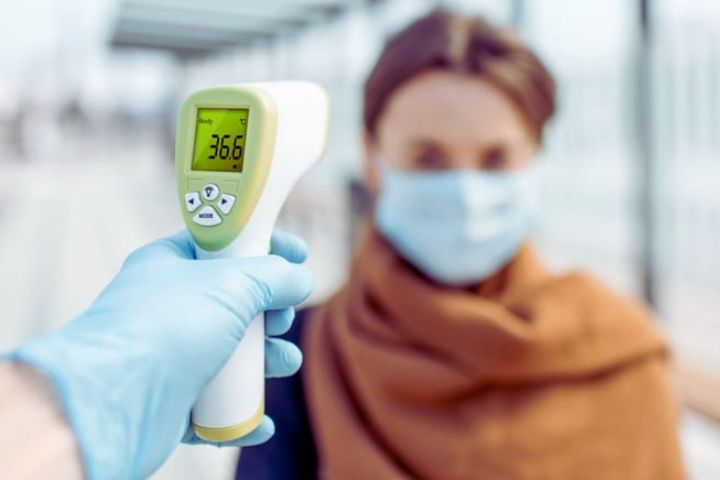The use of an infrared thermometer brings with it a number of different benefits, which is one of the reasons why it was in such high demand during the pandemic, but the widespread use of the device also brought with it a number of misconceptions that make it all the more important people to know the truth before making a purchase.
There are around five major misconceptions in regard to infrared thermometers that should be cleared up.
Table of Contents
The Temperature Is Read By The Laser
Many people are of the belief that the laser is responsible for reading the temperature but this is a misconception. The laser assists the operator to aim the device at the correct part of the body. It is a good idea to exercise care when aiming the laser at a surface in order to avoid any interference from other objects surrounding it.
An Infrared Thermometer Is Capable Of Measuring All Of The Surfaces
The reality is that an infrared thermometer is not able to measure all surfaces in an equal manner. Emissivity value adjustments are required for different characters, which means that the efficiency of energy being emitted from a surface must be measured on a 0 to 1 scale.
Infrared Thermometers Can Cause Brain Damage
The increased use of infrared thermometers led to the rather strange belief in some quarters that their use carried with it a risk of damage to the brain. In reality infrared thermometers make use of the same waves as used by television remote controls. These waves do not cause brain damage and do not cause blindness. An infrared thermometer reads the temperature of the body’s surface which the device then converts into the internal temperature.
The Internal Temperature Is Read By The Infrared Thermometer
Infrared thermometers are only designed to read the thermal radiation coming from an object. It, therefore, does not tell the user the internal temperature of the object that is being tested, which means it would not be suitable for use when cooking, for example, while it could measure the surface temperature of food or the temperature of a pan it could not read the internal temperature of a food item to see if it was properly cooked. Instead, a probe thermometer has to be used for the purpose of checking if food has been properly cooked within.
Covid-19 Can Be Detected By An Infrared Thermometer
While a contactless forehead thermometer is able to tell if someone has a fever, this is a symptom of a number of different ailments and is not unique to Covid-19. An infrared thermometer can therefore detect someone who may have symptoms, but cannot test to tell if those symptoms are being caused by that particular condition.
Having an understanding of an infrared thermometer and what it is actually able to do will assist users to get the most out of their device and also ensure that they are using it in an intended manner.



